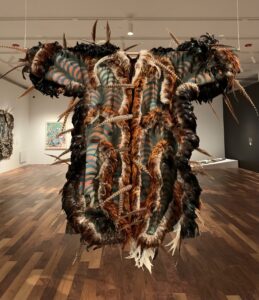On March 2nd, the staff and Board of the Luce Foundation visited the Gila River Indian Community outside Phoenix. At Luce, we support Indigenous knowledge makers across the United States. We were eager to see how the Akimel O’odham and Pee-Posh people of Gila River were using their deep knowledge and understanding of the Sonoran Desert to restore the landscape and ecosystem.

We were welcomed by the Department of Environmental Quality staff, which is responsible for wildlife and ecosystem management, water quality, air quality, and more on tribal lands. We met at the future site of the Environmental Education Center, which will incorporate community gardens and offer learning opportunities to all tribal members
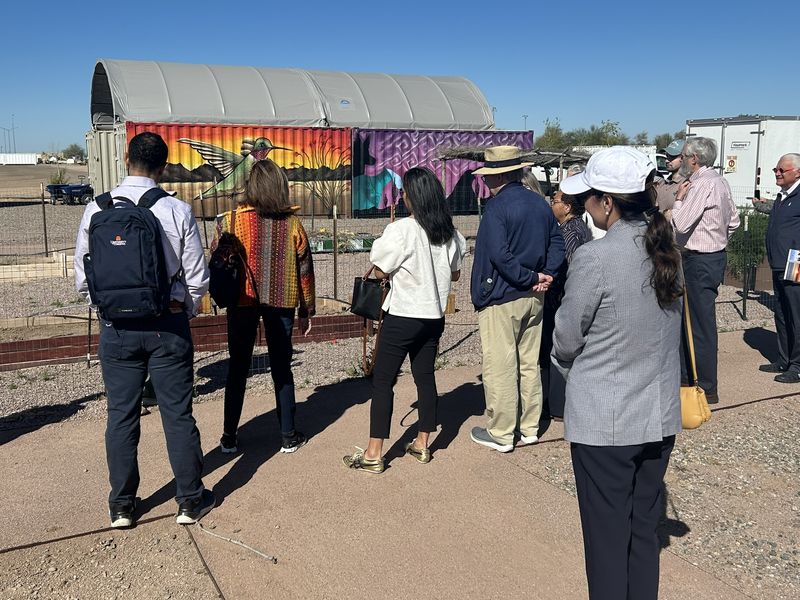

From there, we boarded a bus to the Gila River Interpretive Trail. The Huhugam, ancestors of the Gila River peoples, constructed a remarkable network of canals to water their desert home. Centuries ago, before colonization, the desert bloomed under the careful care of the Huhugam! The Department of Environmental Quality is working to restore that condition.
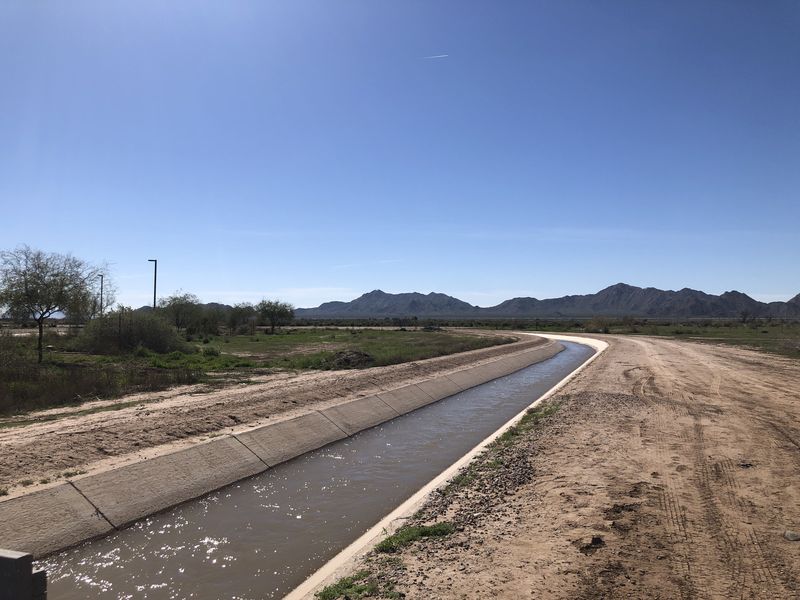
The presence of water supports cottonwoods and willows, which are native to the Sonoran ecosystem. The DEQ staff uses willow and cottonwood posts to grow new trees. Within five years, the new trees have already reached significant heights.

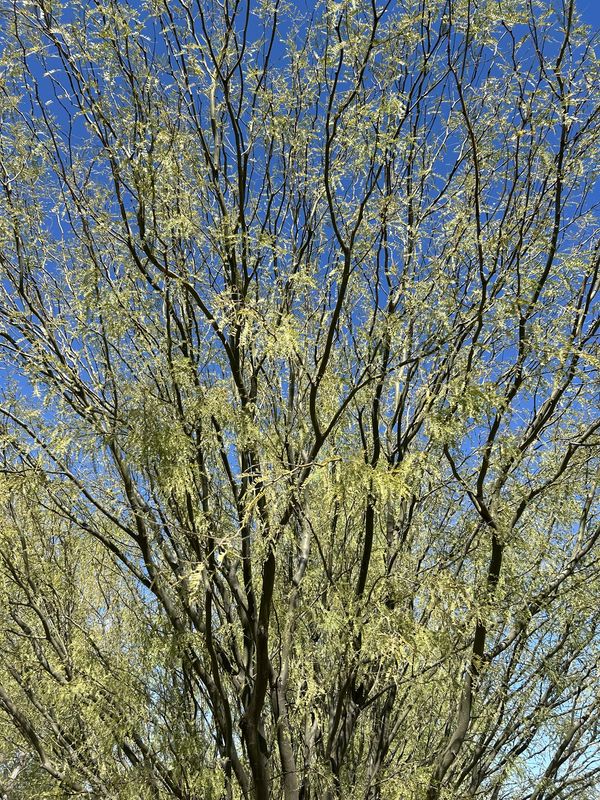
The MAR-5 Interpretive Trail is the first step in the Community’s restoration efforts. For now, the site offers tribal members a retreat and a place to envision what is possible. In the future, DEQ and GRIC hope that many more of their homelands will resemble this.

The Henry Luce Foundation Board and staff extend their gratitude to Lisa Gover and her team for their generosity and hospitality. Click here to learn more about the Gila River Indian Community.
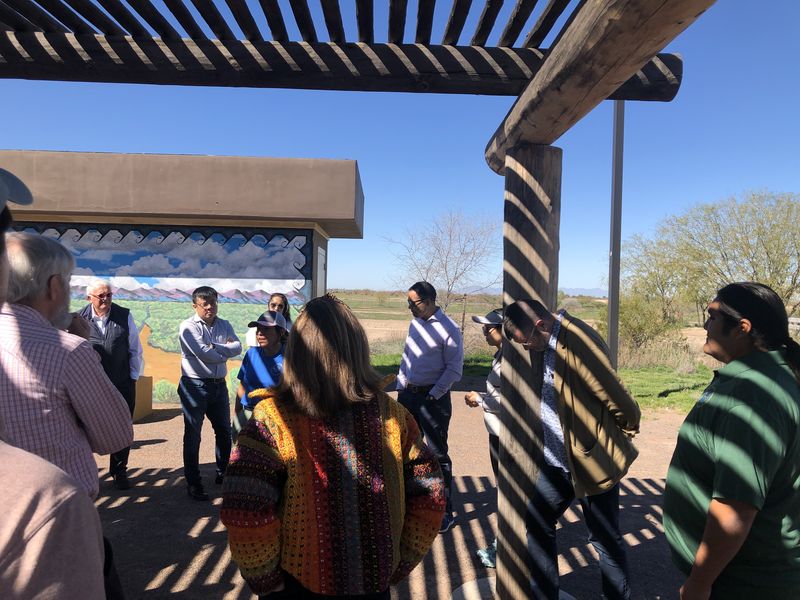
Water from the Gila River is diverted and stored in wetlands, which in turn nourish plant life and attract birds and other wildlife back to the area.
Sign up for updates
Explore Themes and Ideas


